Today’s episode is about aviation marketing for consultants, brokers and service providers, and we provide our top three recommendations for making more sales. But it also includes a story about the only US fighter pilot credited with “kills” of Nazi, Japanese AND a US airplane! (No, that was not a typo.)
This is also the world’s best “how I met your mother story!”
[embedyt] https://www.youtube.com/watch?v=-ajMvdKwthA[/embedyt]
[smart_track_player url=”http://traffic.libsyn.com/aviationmarketing/Aviation_Marketing_for_Consultants_Brokers_and_Service_Providers_.mp3″ background=”default” ]
Transcript – Aviation Marketing for Consultants, Brokers and Service Providers
Paula Williams: Welcome to this week’s episode. Today we are talking about aviation marketing for consultants, brokers and service providers.
John Williams: Great stuff.
Paula Williams: Great stuff. Great people, actually. We have a number of them in our marketing lab and they are all really, really cool people.
John Williams: Yes, they are.
Paula Williams: All right. So, speaking of our marketing lab, this is where a lot of the smartest people in the aviation industry hang out, including consultants, brokers and service providers, right?
John Williams: True.
Paula Williams: And this is where a lot of them get a lot of their data and consulting and things like that to really help them be “on their A game” in terms of marketing and also in terms of sales and things. So we provide a lot of different tools and services at a discounted rate so that basically, you get all of these products and services for $279 a month. We try to make it as affordable as we possibly can to make that really worth it to you.
Three Things We Recommend for Aviation Brokers, Services Providers and Consultants
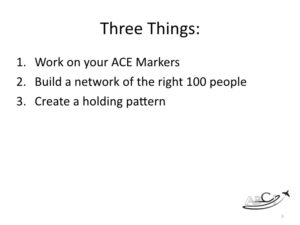 Paula Williams: All right, so three things that we recommend for aviation consultants, brokers and service providers. The first is to work on your ACE Markers, right?
Paula Williams: All right, so three things that we recommend for aviation consultants, brokers and service providers. The first is to work on your ACE Markers, right?
John Williams: Yep.
Paula Williams: Second is to build a network of the right 100 people.
John Williams: True.
Paula Williams: And the third is to create a holding pattern. So, first let’s talk about ACE Markers, and you all know about ACE Markers from World War II.
John Williams: Way back.
Paula Williams: Way back, exactly. And I ran across this story that’s actually really amazing. This World War II ACE scored kills from every access country and from the U.S.
John Williams: Really?
Louis E. Curdes and the Most Interesting Ace Marker
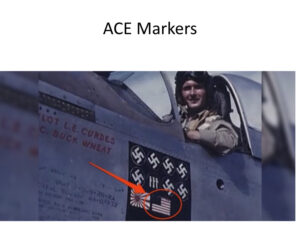 Paula Williams: Yeah. This is a story by Blake Stilwell in We the Mighty, and this is actually really short and it’s really cool. Army armed forces, Lieutenant Colonel Louis E. Curdes got a piece of every original signatory to the Axis Pact – Germany, Italy and Japan. If that wasn’t outstanding enough, it’s how he got his American flag kill mark on his fuselage that earned him a place in military history and perhaps even the distinguished service cross. It’s not a mistake. This 20 something pilot earned every single one of his kill marks.
Paula Williams: Yeah. This is a story by Blake Stilwell in We the Mighty, and this is actually really short and it’s really cool. Army armed forces, Lieutenant Colonel Louis E. Curdes got a piece of every original signatory to the Axis Pact – Germany, Italy and Japan. If that wasn’t outstanding enough, it’s how he got his American flag kill mark on his fuselage that earned him a place in military history and perhaps even the distinguished service cross. It’s not a mistake. This 20 something pilot earned every single one of his kill marks.
Paula Williams: He joined the Army Air Corps in 1942 at the age of 22 to fly planes against the Nazis. By 1943, he was a hot shot Lieutenant scoring three kills against the Nazi Metro Messerschmitt Bf 109s. The work horse of the German Luftwaffe in his P-38 Lightning. This was 10 days into his first assignment. Within the next month, he notched up two more kills earning fighter ACE status. Right? Okay. In August of that year, he ran into an Italian Macchi C.202. Did I say that right?
John Williams: Probably not, but that’s okay.
Paula Williams: How do you say it?
John Williams: I don’t know. Probably Mokie.
Paula Williams: Mokie? Okay. And shot that one down. Unfortunately, that was his last combat kill over Europe. He was shot down by Nazi planes over Italy and captured by Italians resigning himself to spending the rest of the war in a POW camp. But that didn’t happen because Italy capitulated a few days into Curdes’ internment. Curdes was then sent to the Philippines and put behind the stick of a new P-51 Mustang fighter going up against the talented Japanese pilots. He was quickly able to shoot down a Japanese recon plane near the island of Formosa.
Paula Williams: His hat trick was complete, but that’s not where the story ends. He and his plane, the Bad Angel, were fighting over the Japanese held Batan, when his wing man was shot down over the Pacific. Soon after he saw a C-47 transport plane, wheels down, headed to land on the Japanese Island. When he was unable to make radio contact, he tried to physically wave the transport off but came up empty. So rather than allow the American plane and it’s crew to be held prisoner by the Japanese, he used the one option he had left. He shot them down over the ocean.
Paula Williams: Curdes skillfully took out one engine and then the other without blowing the cargo plane to bits. He was able to bring the C-47 down just yards from his downed wing man. Curdes returned to the site the next morning as an escort to an American flying boat. The pilot crew and its human cargo were completely intact. Did you know this story?
John Williams: No. I didn’t.
“How I Met Your Mother. . . “
Paula Williams: Okay. Among the passengers he shot down was a nurse Curdes had dated the night before. A girl named Valerie, who he later married. The story was rewritten by Air Force Colonel Ken Tollefson, in his book, U.S. Army Air Force Pilot Shoots Down Wife. In it, at legend say he was awarded the distinguished service cross for downing an unarmed cargo plane, but his citation was actually ordered for his actions while in the European theater. He still wins the best how I met your mother story of all time; however.
Paula Williams: His P-51, Bad Angel is in the Pima Air and Space Museum in Tucson, Arizona. Pretty cool, right? Unfortunately as a sales and marketing people, our ACE markers are not quite that cool and usually not quite that memorable, but they are just as important.
John Williams: True.
1) Get Your Own Ace Markers
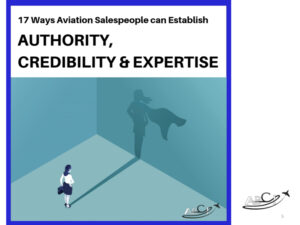 Paula Williams: Right? So there’s an article on aviation sales training, which is our sister website, aviationsalestraining.com, that is 17 ways aviation sales people can establish authority, credibility and expertise. And among those things, there’s 17 of them. So I’m not going to tell you all of them. You can read the article and it includes links to things with more information about each of these, but things that you can do to build credibility, authority, and expertise in-
Paula Williams: Right? So there’s an article on aviation sales training, which is our sister website, aviationsalestraining.com, that is 17 ways aviation sales people can establish authority, credibility and expertise. And among those things, there’s 17 of them. So I’m not going to tell you all of them. You can read the article and it includes links to things with more information about each of these, but things that you can do to build credibility, authority, and expertise in-
John Williams: Shooting down airplanes isn’t one of them.
Paula Williams: Actually it is. It’s not on the list, but I’m sure if you have shot down an airplane and you have that as a story that you can tell in a sales meeting, that’ll work with me. Yeah. This guy knows what he’s talking about. He knows something about our plane. But we didn’t include it on the list.
Paula Williams: What is on the list are things like writing a book, publishing press releases, publishing articles, being active in organizations, public speaking and things like that. Those are the kinds of things that people will look at and say, you know, this person really knows what they’re doing and if you’ve done those things, it’s not enough to just have done them. You also have to paint them on the side of your plane, so to speak, and have them on your website, on your brochures and other things.
John Williams: And we guide those folks through all that.
2) Build a Network
 Paula Williams: Exactly. So thing number one is to have some ACE markers, right? On the side of your plane or on the side of your, whatever it is that you do business in. Right? Okay. Number two is to build a network. And this does not mean getting a million Facebook followers, right?
Paula Williams: Exactly. So thing number one is to have some ACE markers, right? On the side of your plane or on the side of your, whatever it is that you do business in. Right? Okay. Number two is to build a network. And this does not mean getting a million Facebook followers, right?
John Williams: No.
Paula Williams: No. I know a lot of people think this is what it means, that is winning when you have high numbers, and it kind of is just in the sense that more people have heard of you, but that’s about it. What we’re talking about is this circle here, the second to the inside. So if you’re just listening to this, if you’re not watching, I’ve got a bunch of concentric circles with a tiny one with your team, a slightly larger one with a hundred people, a slightly larger one with a thousand people and as a really large one with your whole market.
Paula Williams: So ideally your home market has heard of you and that’s not really what we’re talking about today. What we’re talking about is this circle here, this hundred people. There is a story, and I think it’s from Perry Marshall, where he talks about having the right hundred people is worth millions of dollars. Having a network of a hundred people is really all you need if you’re a very successful salesperson, because they know the right folks, they’re involved, they’re part of the industry. They are the people who with the authority, credibility and expertise to help you. Right?
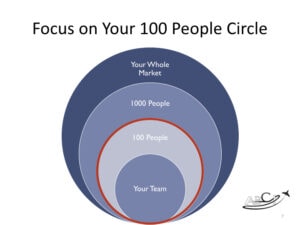 Paula Williams: So most people spend way too much time worrying about the big circle and not enough worrying about the smaller ones. And so if you have a group of a hundred people that you are actively working with at any given time, and that means shaking their hands, going to see them, going to the events where they are and making sure you go to their speaking events, working on projects together, making referrals to them, making referrals from them, other kinds of things so that you’re actively a part of their business life. Right?
Paula Williams: So most people spend way too much time worrying about the big circle and not enough worrying about the smaller ones. And so if you have a group of a hundred people that you are actively working with at any given time, and that means shaking their hands, going to see them, going to the events where they are and making sure you go to their speaking events, working on projects together, making referrals to them, making referrals from them, other kinds of things so that you’re actively a part of their business life. Right?
John Williams: Right.
Paula Williams: All right. So we’ve talked about holding patterns quite a bit and you may want to have different versions of your holding pattern for different levels of your network, right? So you know, you put out a thousand people, you may send out a thousand newsletters, and you may send out a thousand emails because that’s fairly inexpensive and that’s something that you can do to keep in touch with a larger group of people. But that group of a hundred is where you want to be making phone calls and shaking hands and adding more to that holding pattern, having a more intense activity filled holding pattern. Right?
John Williams: True.
Paula Williams: Cool. So once again, your three things, number one, work on your ACE markers. Number two, build a network of the right 100 people.
John Williams: Absolutely.
3) Create a Strong Holding Pattern
 Paula Williams: And number three, have a really strong and activity build holding pattern because not all of those a hundred people or a thousand people are going to be ready to buy at any given time. And you need to have a reason to stay in touch that is not buy my product, buy my product, buy my product. Right?
Paula Williams: And number three, have a really strong and activity build holding pattern because not all of those a hundred people or a thousand people are going to be ready to buy at any given time. And you need to have a reason to stay in touch that is not buy my product, buy my product, buy my product. Right?
John Williams: True.
Paula Williams: So to help you with your holding pattern, your 100% network or any other thing, we have our aviation sales and marketing group right?
John Williams: Yes.
Our Real-World Aviation Marketing Course
Paula Williams: And we’d love to have you in that because John and I meet with you regularly and we talk about whatever it is that you’re working on, and we help you apply the tools that we talk about so that you have a good holding pattern so that you have a strong network so that all of those things work for you. Join our Aviation Marketing Lab here.
Paula Williams: All right, so thanks for joining us and we’ll see you next week.
John Williams: See you next time.
Podcast: Play in new window | Download
Subscribe: Spotify | Amazon Music | RSS
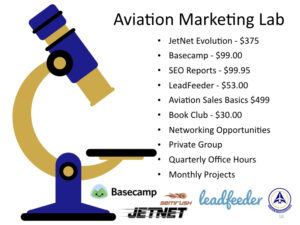



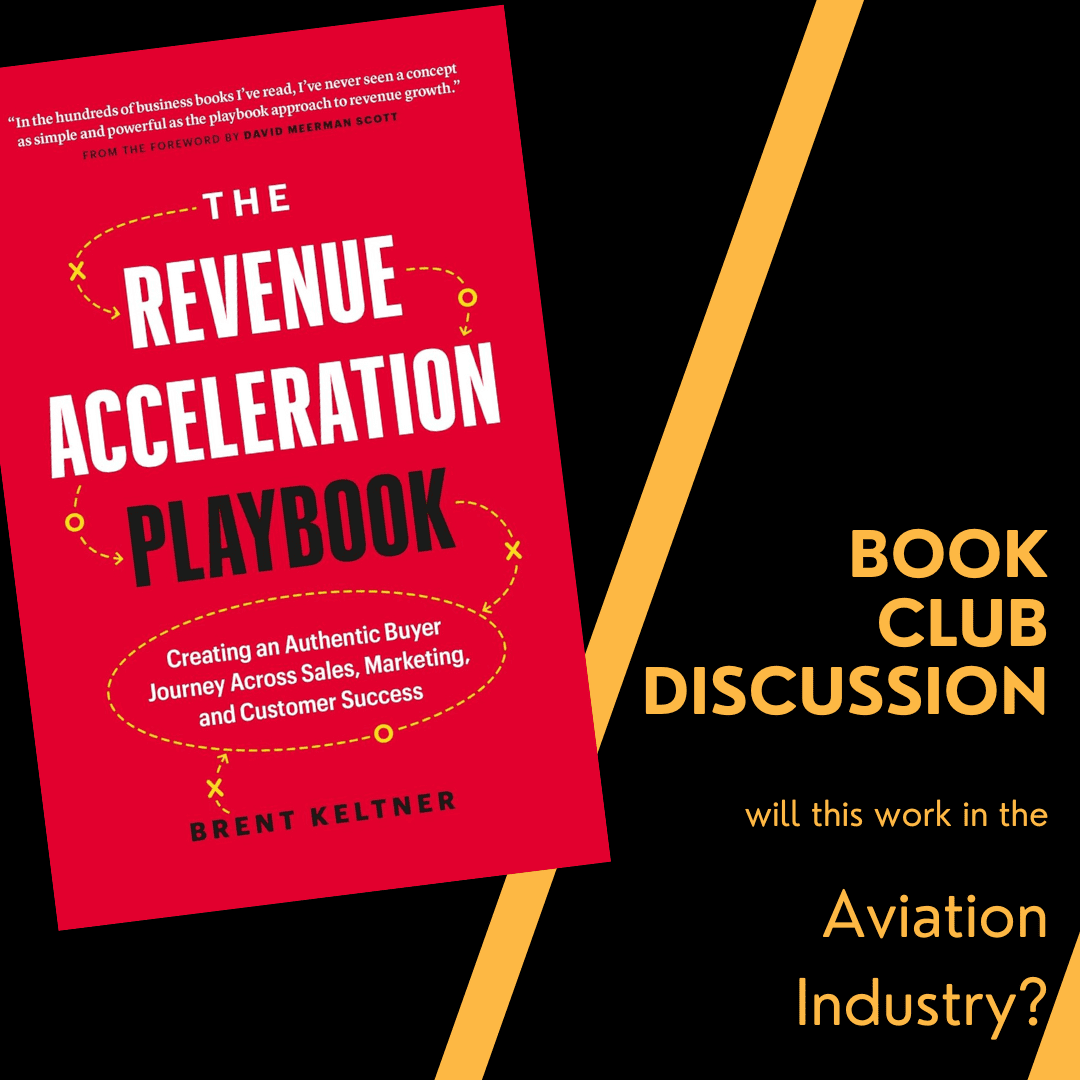
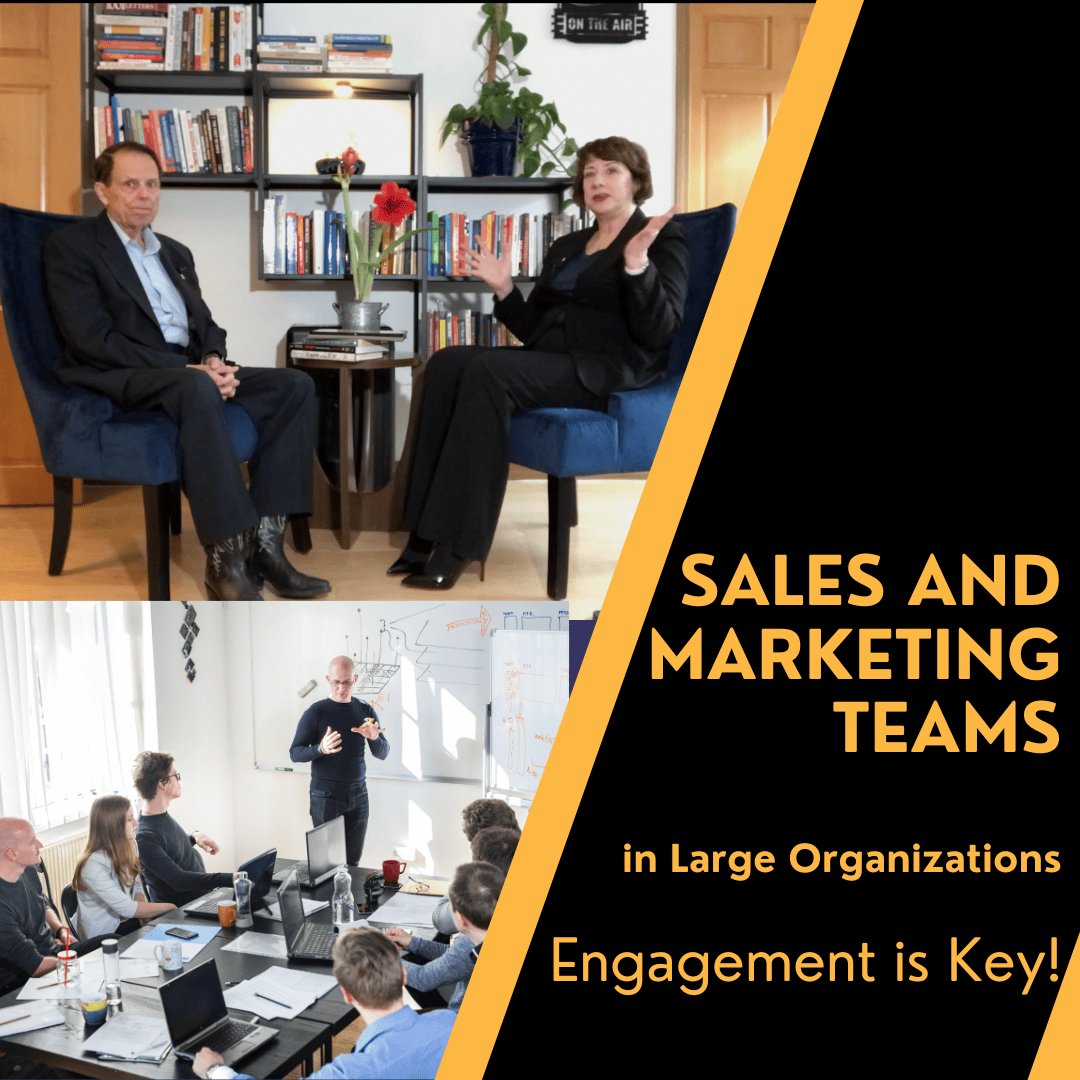
I have read your article complete. I found it very informative and useful.
So Thanks for sharing this article…
This information will help me a lot
I am waiting for the next information on your site
Thank you for sharing it.
All tips are very essential and also useful. I am glad to read overall content. Thanks for sharing a wonderful blog.
Thanks!
WOW!!
Very informative post. Thanks for sharing this post here with us
Your blog is very unique in every way, the tips and information in this article is great and reliable.